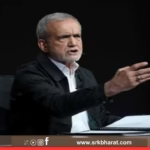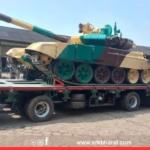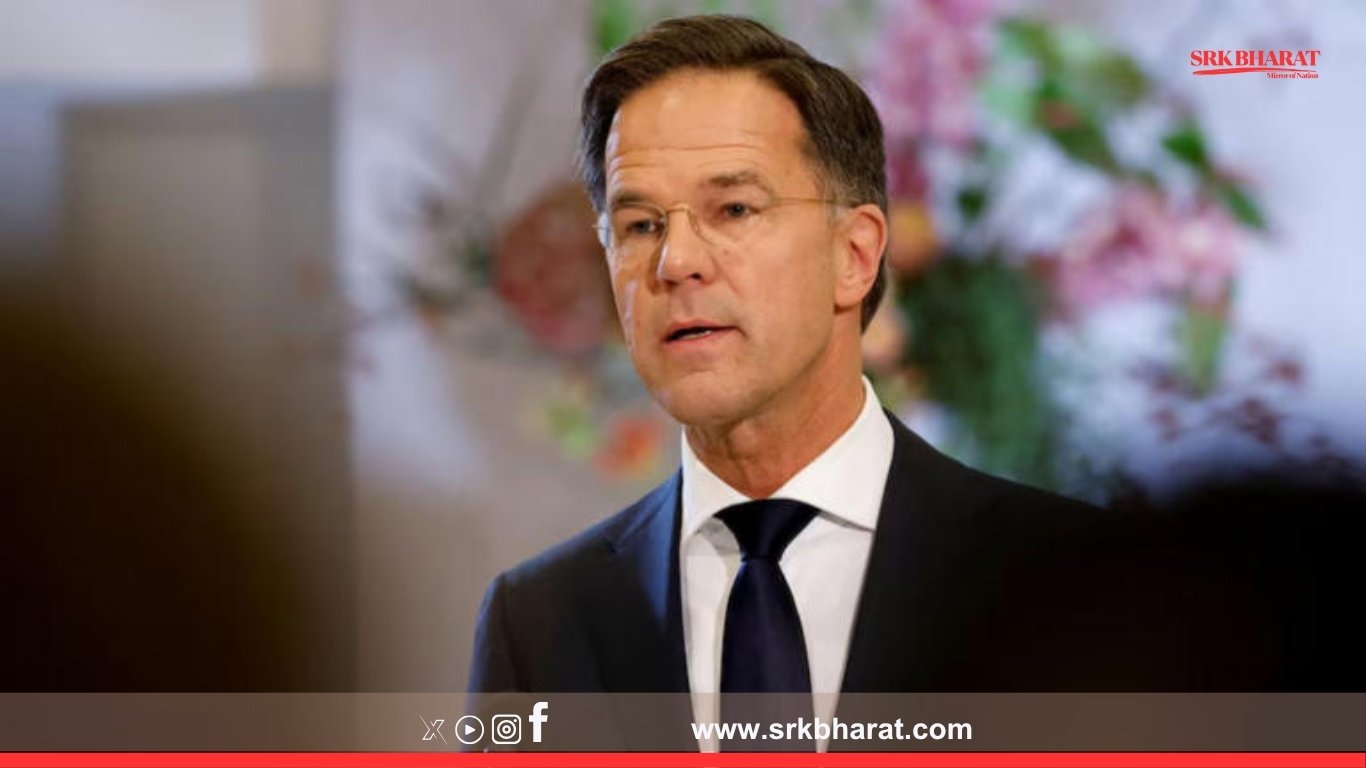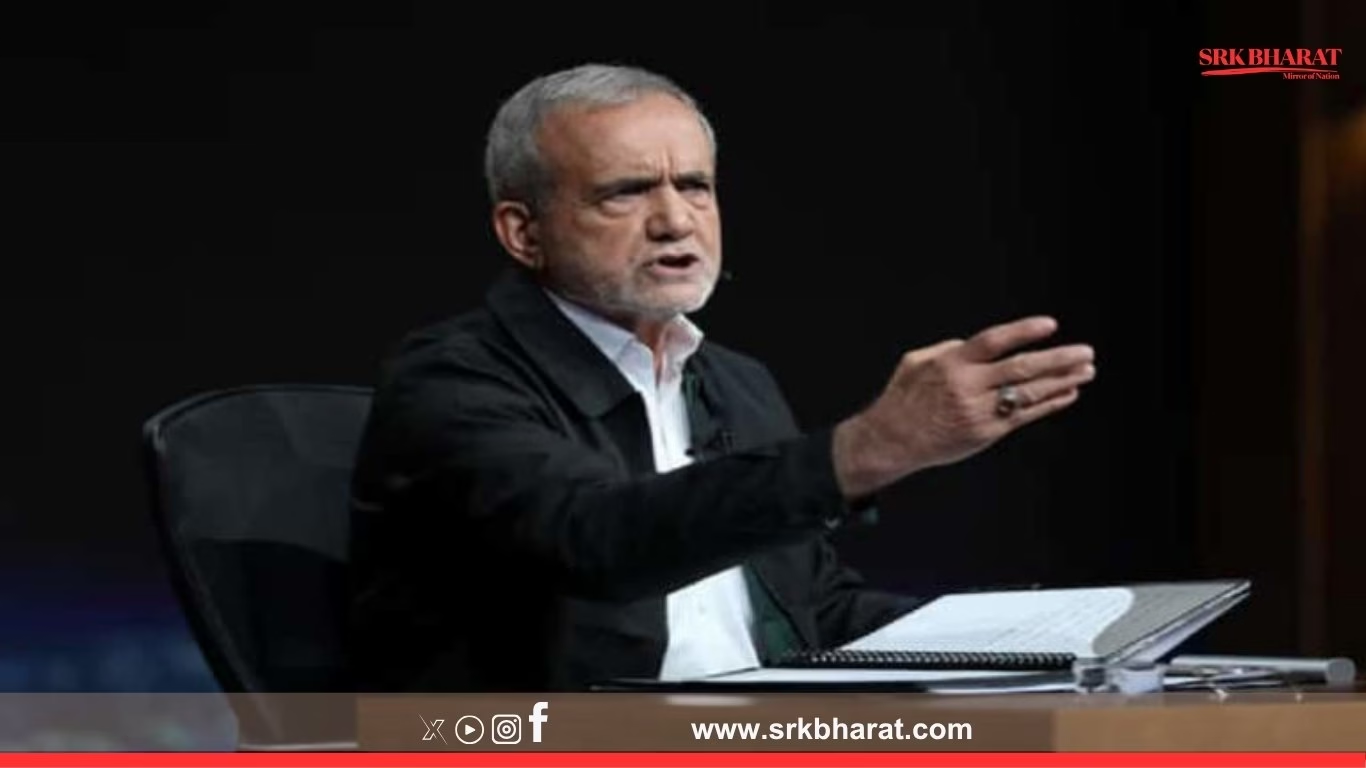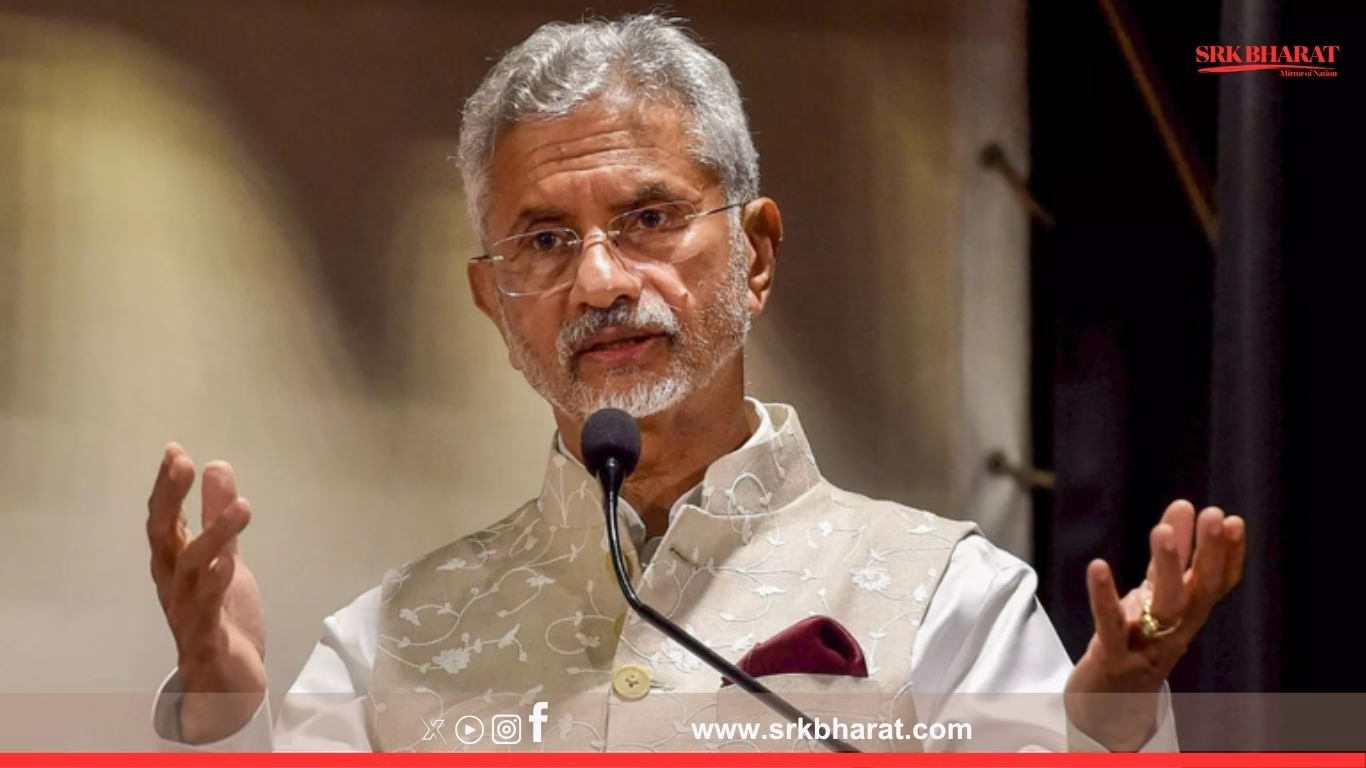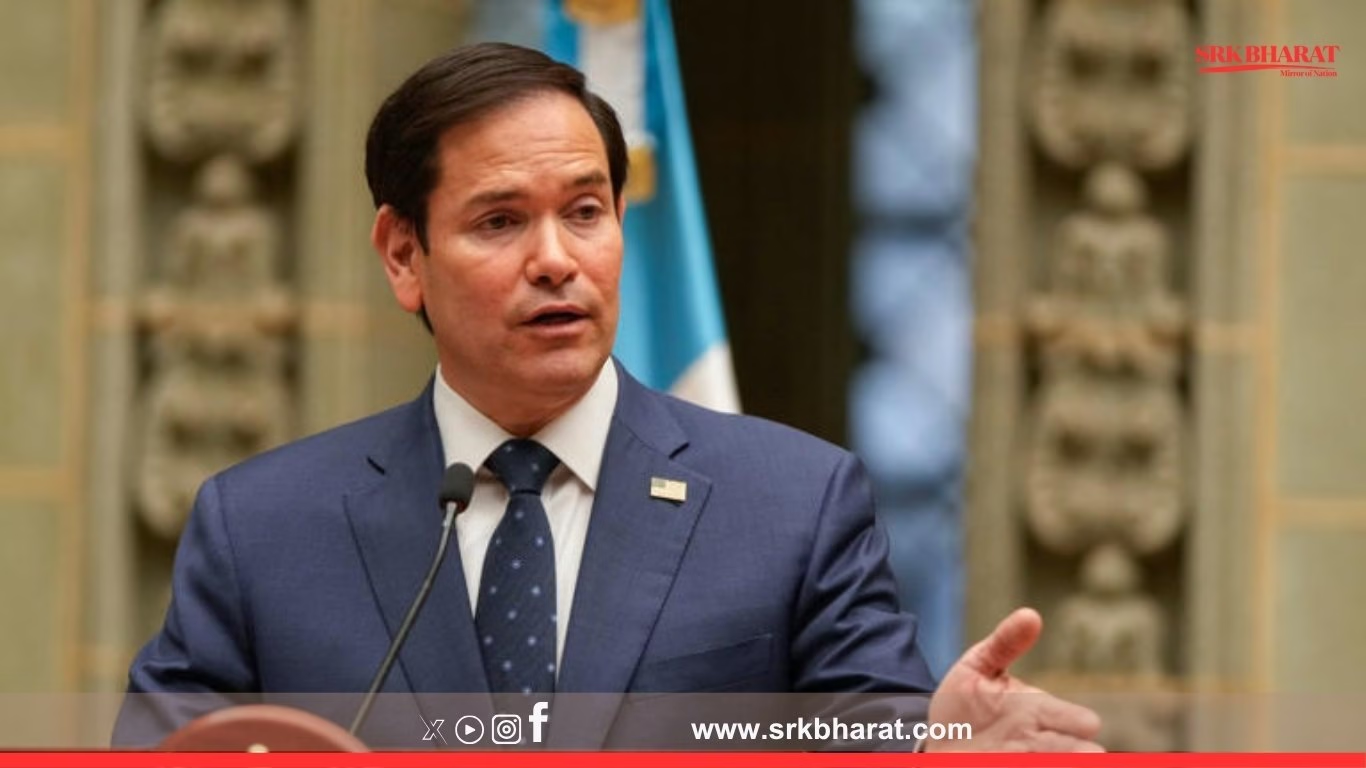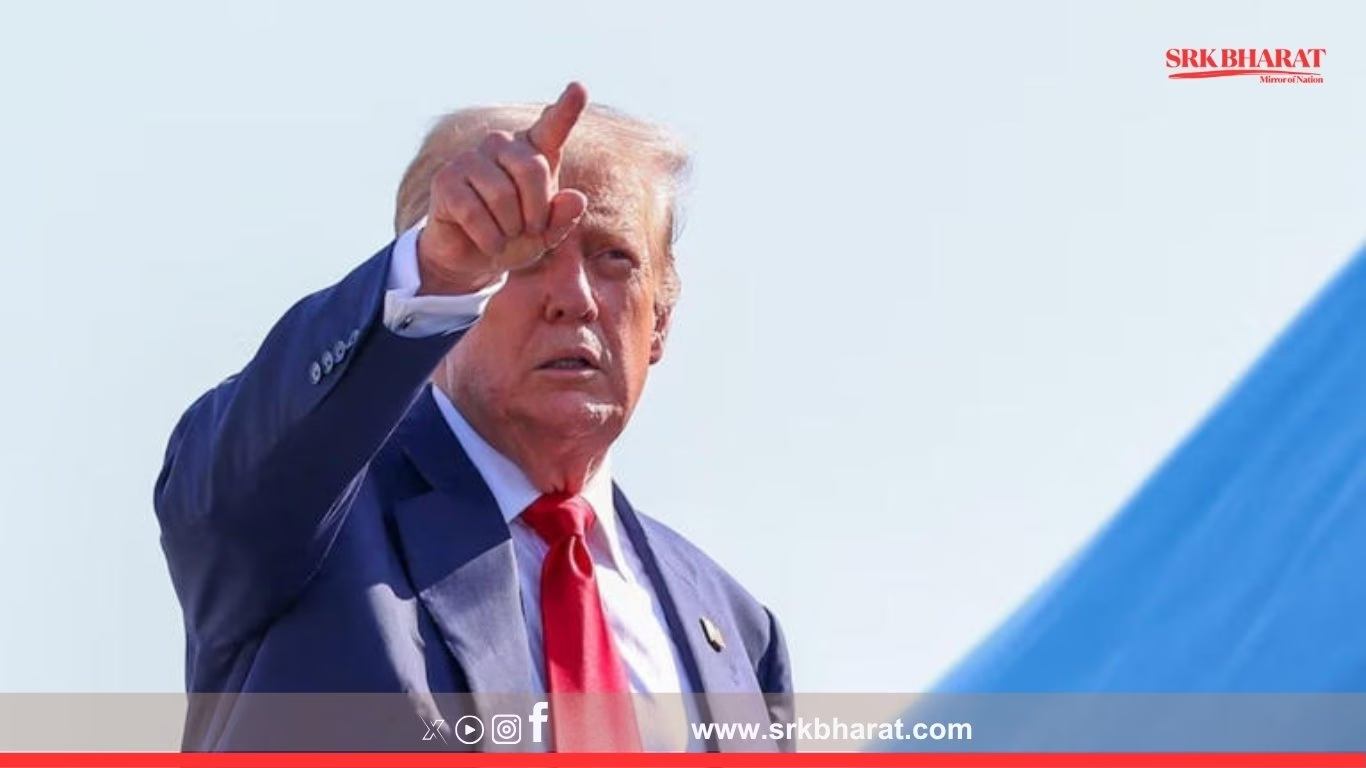NATO Secretary-General Jens Stoltenberg has sounded a grave warning about the rapidly growing ammunition production capabilities of Russia, stating that Moscow’s quarterly output now dwarfs that of all NATO member states combined, posing a strategic threat to the alliance’s readiness and deterrence posture.
Speaking at the NATO Summit’s defence industry forum in Brussels, Stoltenberg said:
“If Russia continues at this pace and we do not scale up our production accordingly, we will eventually run out. Then, learning Russian might be the only option left.”
His remark, though partly rhetorical, underscores the intense ammunition supply crisis faced by Western allies in sustaining Ukraine’s defence while preparing for deterrence across Eastern Europe.
Russia’s Accelerated Ammunition Production
Defence intelligence reports reveal:
- Russia is now producing artillery shells, missiles, and rockets at rates 3-5 times higher than major NATO nations on a quarterly basis.
- Moscow’s arms factories, operating three shifts daily, have overcome initial Western sanctions and supply chain shocks.
- The Kremlin has mobilised both traditional ordnance plants and automotive/heavy engineering factories for defence manufacturing under wartime economic directives.
Comparison Of Ammo Output: Russia Vs NATO
| Item | Russia Quarterly Output | NATO Quarterly Output |
|---|---|---|
| 152/155mm artillery shells | 3-4 million units | ~600,000 units |
| Tank rounds | ~800,000 units | ~150,000 units |
| Short-range rockets | ~1.2 million units | ~300,000 units |
| Ballistic missiles | ~120 units | ~30 units |
(Source: NATO confidential defence briefings and allied military-industrial data)
NATO’s Struggle To Ramp Up Production
The NATO chief admitted that allied industrial capacity has been underfunded for decades, with peacetime economies not designed for high-volume ordnance production. Key challenges include:
- Limited manufacturing lines: EU and US defence firms require time to reopen or expand production facilities mothballed post-Cold War.
- Long procurement cycles: Contracting, regulatory clearances, and supply chain certifications delay rapid manufacturing scale-ups.
- Dependency on global critical minerals: Supply constraints of propellants, explosives, and rare metals affect production rates.
Expert Views On NATO’s Ammunition Crisis
| Expert | Organisation | Comment |
|---|---|---|
| Michael Kofman | Senior Fellow, Carnegie Endowment | “The West’s industrial base cannot sustain high-intensity warfare at current production levels. This is a wake-up call for rearmament.” |
| Camille Grand | Former NATO Assistant Secretary-General | “Russia’s defence industrial mobilisation is real. NATO must treat this as a strategic competition, not a procurement backlog.” |
| Gen. Ben Hodges (Retd) | Former US Army Europe Commander | “We need to treat ammunition like fuel. Without shells, tanks and artillery are worthless.” |
Ukraine War: A Catalyst For Russia’s Defence Industrial Surge
The ongoing Ukraine war has served as a massive wartime accelerator for Russian production:
- Full-spectrum industrial mobilisation: Over 2,000 factories are reportedly working under defence contracts.
- Chinese dual-use exports: Reports suggest China supplies microelectronics and machinery that indirectly support Russian ordnance manufacturing.
- Sanction evasion networks: Russia utilises Central Asian and Middle Eastern intermediaries to acquire critical machine tools and materials.
NATO’s Response: New Industrial Initiatives
In response to Stoltenberg’s warning, NATO members are working on:
- Joint procurement agreements to pool orders and incentivise rapid production.
- Long-term contracts with major defence manufacturers like Rheinmetall (Germany), BAE Systems (UK), General Dynamics (US), and Nammo (Norway).
- Funding ammunition parks with EU-level financial support for Ukraine and forward NATO bases.
- Regulatory relaxations to fast-track plant expansions and ordnance production licenses.
Recent NATO Member Initiatives
| Country | Initiative | Impact |
|---|---|---|
| Germany | Rheinmetall building new artillery shell factory in Lower Saxony | Additional 200,000 shells per year by 2026 |
| US | $1.2 billion allocated to expand 155mm shell production lines | Doubling production to 1.2 million per year by end-2025 |
| France | Nexter scaling up 155mm shell output | 50% increase by mid-2025 |
| Norway | Nammo increasing rocket and shell propellant production | Addresses bottlenecks in explosive supply chains |
Social Media Reactions
- “NATO chief says we’ll have to learn Russian. Reality check for Europe’s pacifist economies.”
- “Russia’s production is terrifying. West is far behind in war readiness.”
- “So ammunition is now more strategic than oil or gas.”
Broader Strategic Implications
- Deterrence Credibility: If NATO cannot match Russia’s production surge, its ability to sustain prolonged conflict or deter hybrid aggression weakens.
- Economic vs. Military Priorities: European economies must balance welfare spending with urgent defence investments.
- Potential Asian Lessons: Analysts note that China is studying Russia’s mobilisation model for Taiwan contingency planning.
Future Outlook: Can NATO Catch Up?
| Scenario | Possibility | Outcome |
|---|---|---|
| Rapid industrial ramp-up by 2026 | Medium | NATO replenishes stockpiles and sustains Ukraine defence |
| Continued production lag | High | Russia gains advantage in prolonged Ukraine conflict |
| Diplomatic resolution before depletion | Low | Escalating battlefield dynamics reduce negotiation space |
Conclusion
NATO Secretary-General Jens Stoltenberg’s stark warning reflects an unprecedented ammunition supply crisis confronting Western allies amid Russia’s war economy resurgence. His remark about “learning Russian” was intended to drive home the urgency of treating ordnance production as a national security emergency rather than a routine procurement issue.
As NATO leaders meet this month to finalise collective defence funding and industrial strategy plans, the future of European security may hinge on how swiftly they can translate political will into factories, shells, and strategic readiness.
Disclaimer
This news article is prepared for general global security and defence industry news dissemination based on official statements, verified production data, and expert analyses. Readers are advised to consult government defence procurement documents, NATO briefings, and certified strategic analysts for precise insights before deriving conclusions or framing policy, investment, or operational decisions regarding international security capabilities.



